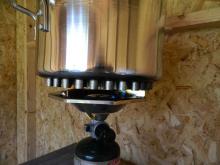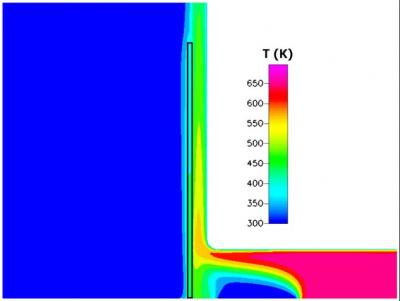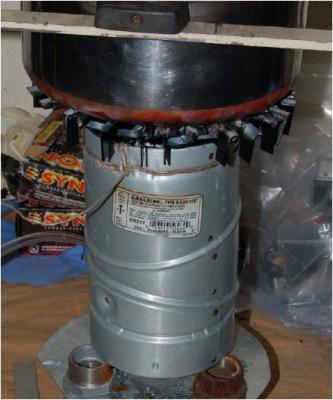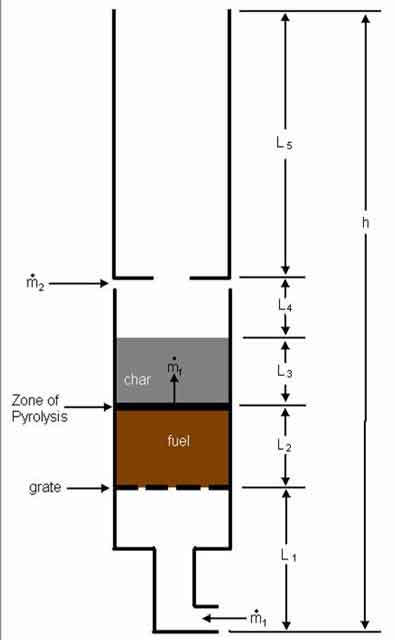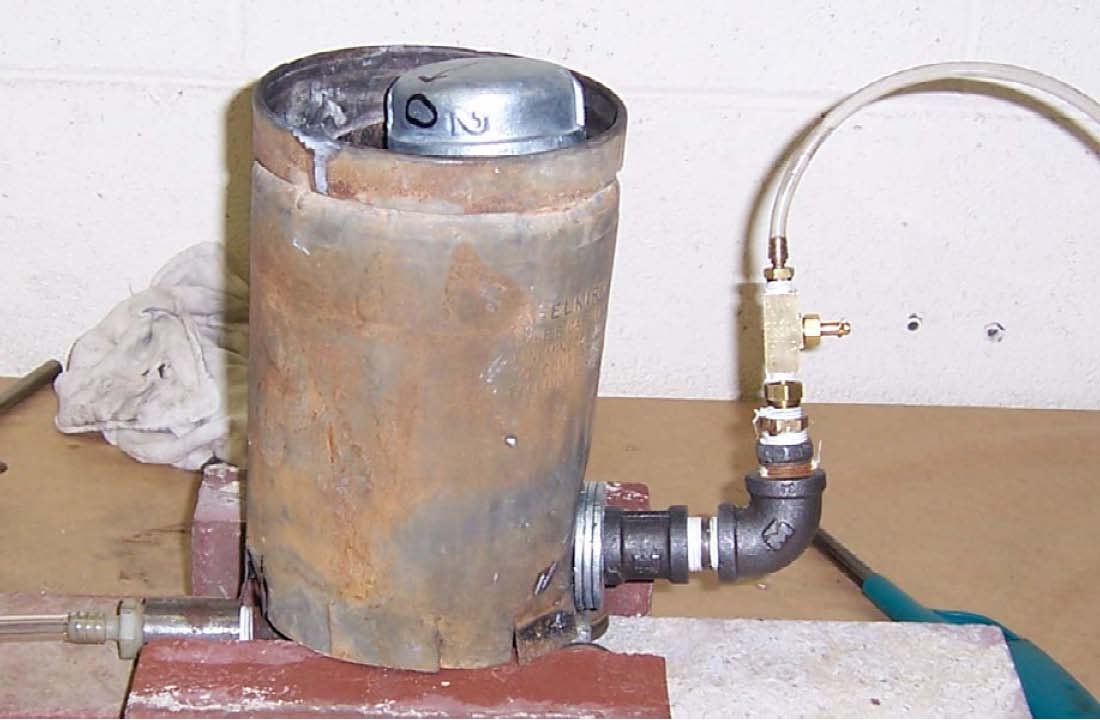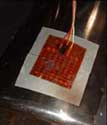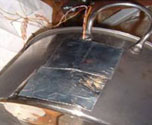Dale Andreatta, Ph.D., P.E.
November 18, 2013
dandreatta@sealimited.com
Introduction
A series of tests was done to compare the Cajun Rocket Pot (the finned pot) with an ordinary pot of effectively the same size. The finned pot has 70 round fins (pin fins) on the bottom with a diameter of 13 mm and a length of 14 mm. The diameter of the bottom of both the regular and finned pots is 248 mm.
The area of the bottom of the flat pot is 0.04828 m2, and the area of the bottom of the finned pot is 0.0883, or 83% greater. Moreover, the flow is impinging on one side of the fins, which typically gives much better heat transfer than gas flowing parallel to a surface, which is what happens over most of the bottom of a flat bottom pot. It would therefore be expected that the finned pot would have much better heat transfer efficiency.
Both pots were tested on 7 different heating devices, with the fire conditions set up to be as close as possible between pot tests. Only one test was done on each pot. There are a variety of ways to compare the effectiveness of the two pots, and as many ways were used as were meaningful for that stove.
The 7 heating methods were:
- 1. Natural gas range
- 2. Propane stove
- 3. High performance charcoal stove
- 4. Open fire burning wood
- 5. Simulated open fire burning natural gas
- 6. Fan powered stove burning wood
- 7. Rocket stove burning wood.
The heating methods will be described in more detail in the sections on test results for the individual
stoves.
In general, possible methods for comparing the pots are:
- 1. Time to boil, corrected to 5000 g of water and 80 degree temperature rise
- 2. High power efficiency
- 3. High power heat transfer
- 4. Low power efficiency
- 5. Low power heat transfer
- 6. Overall efficiency (weighted average of high power and low power)
- 7. Average efficiency (simple average of high power and low power)
- 8. Total fuel consumed.
There are advantages and disadvantages to each of these methods, and there is no one right way to compare the pots. Some methods are not appropriate to use for some stoves, but in general, results will be given for as many ways as possible to compare the two pots. The reader can decide which is the most valid way of comparing the pots.

